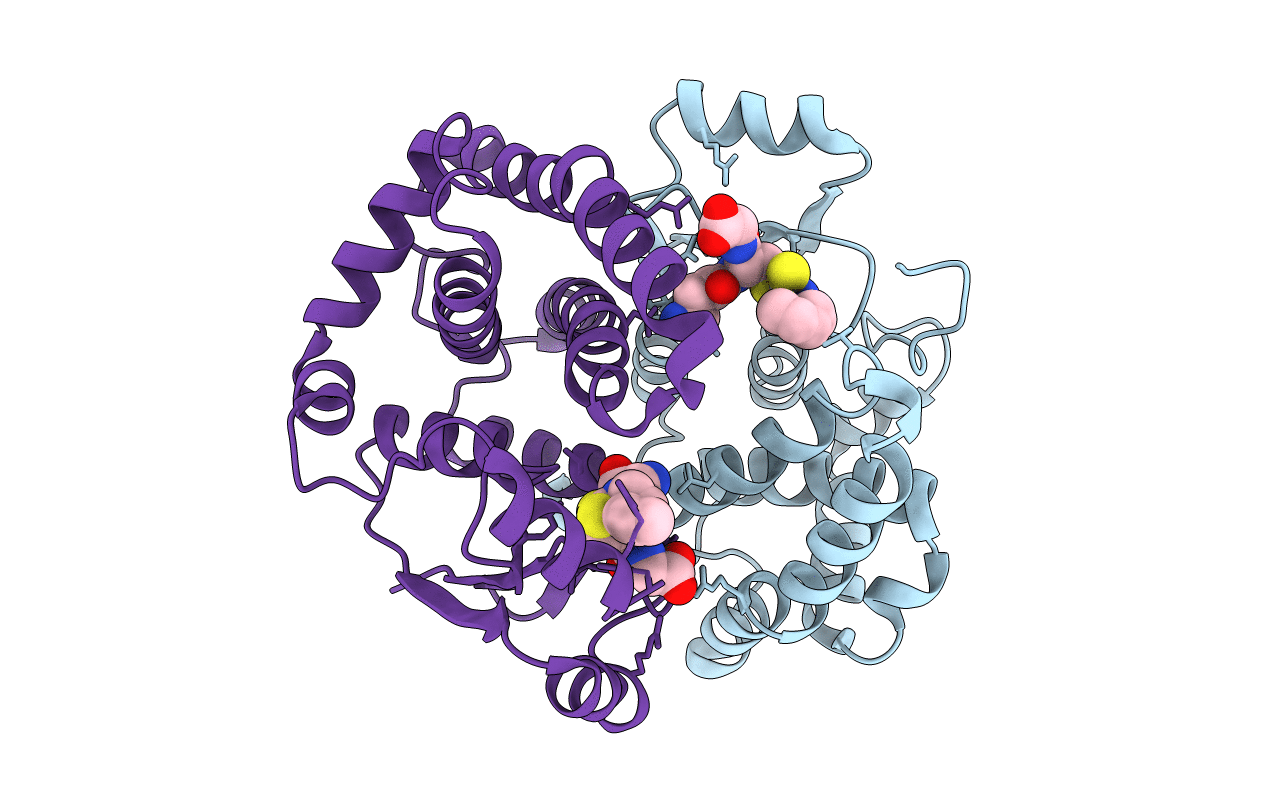
Deposition Date
2021-01-12
Release Date
2022-03-02
Last Version Date
2024-01-31
Entry Detail
PDB ID:
7BIB
Keywords:
Title:
Crystal structure of human GSTA1-1 bound to the glutathione adduct of hexyl-isothiocyanate
Biological Source:
Source Organism:
Homo sapiens (Taxon ID: 9606)
Host Organism:
Method Details:
Experimental Method:
Resolution:
2.03 Å
R-Value Free:
0.25
R-Value Work:
0.21
R-Value Observed:
0.21
Space Group:
C 1 2 1


